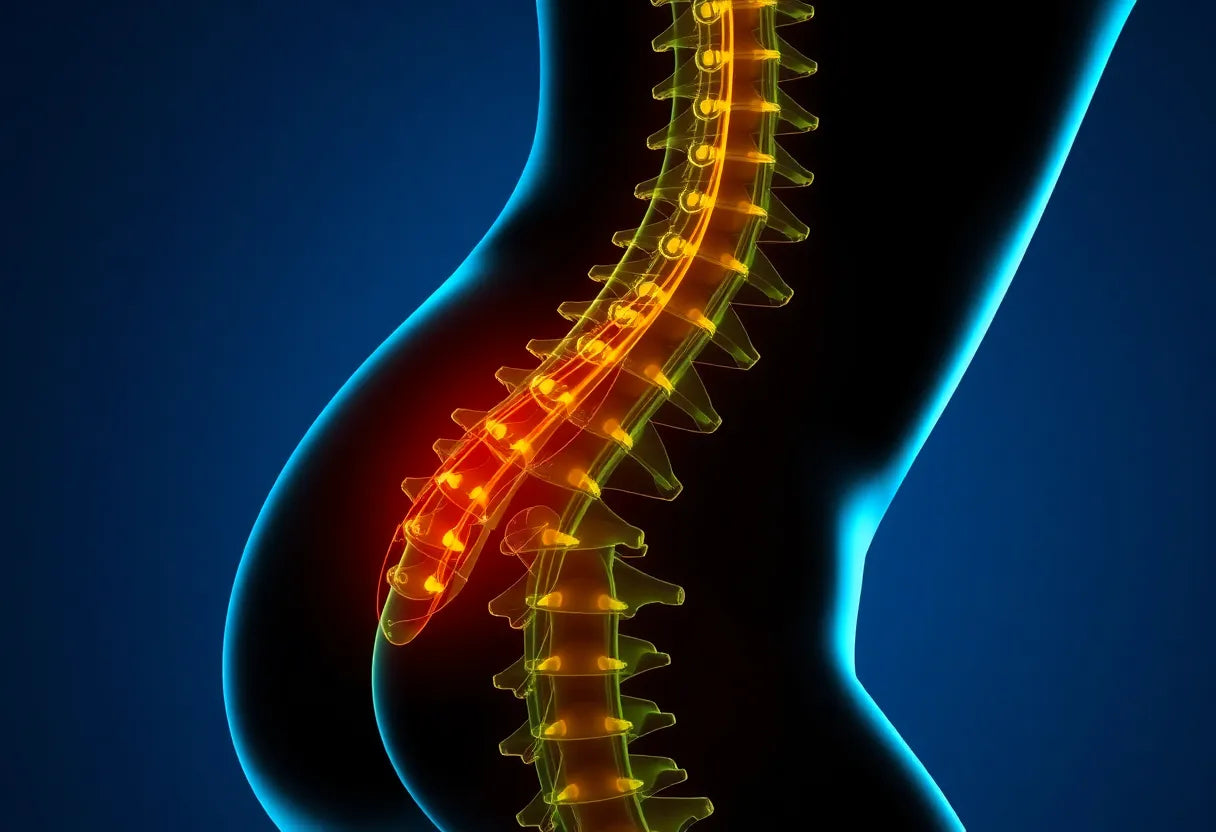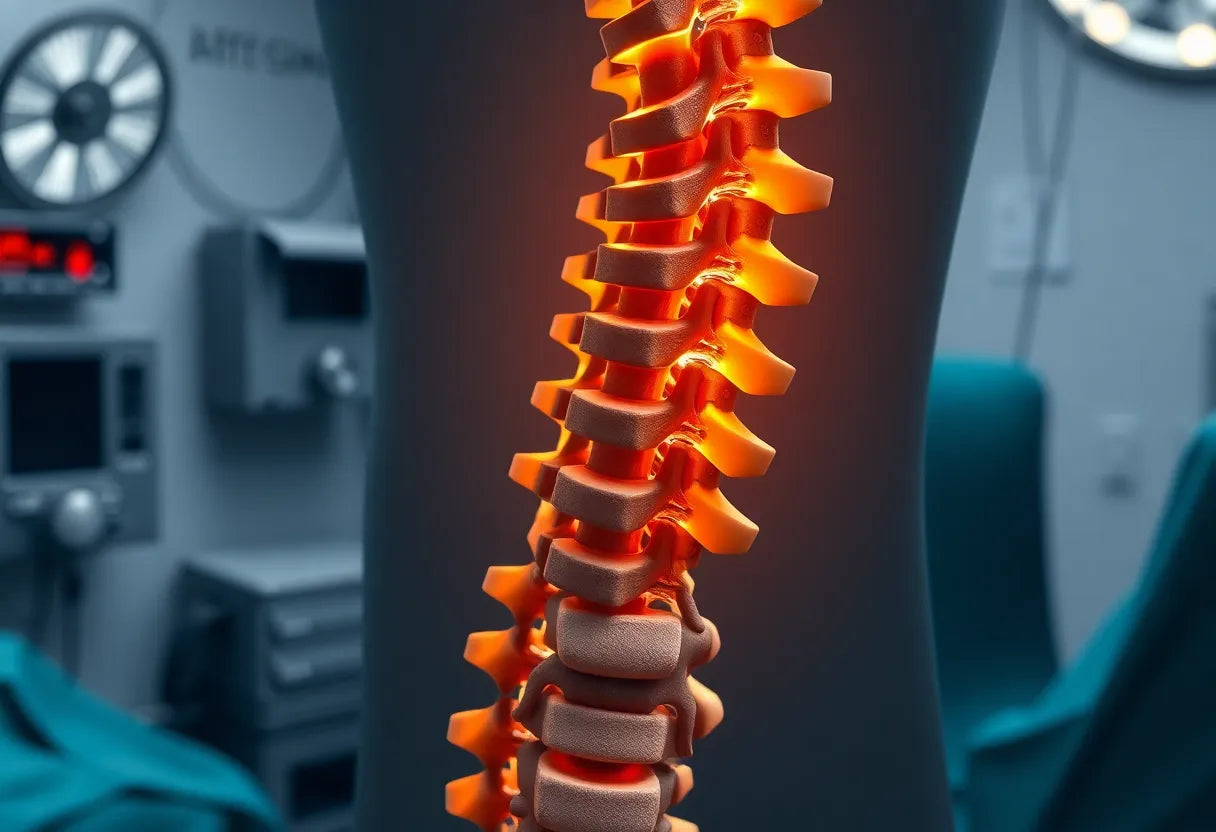Neck osteoarthritis, a prevalent degenerative condition, affects the cervical spine, leading to discomfort that can significantly impact daily activities. This condition, also known as cervical spondylosis, often manifests through symptoms such as neck stiffness, persistent pain, and a reduced range of motion. As the cartilage between the neck vertebrae wears down over time, these symptoms can become more pronounced, affecting one's quality of life and ability to perform everyday tasks.
While neck osteoarthritis is a common part of aging, managing its symptoms effectively is crucial for maintaining mobility and reducing discomfort. One of the most effective ways to manage neck osteoarthritis is through regular, gentle exercise. Engaging in specific exercises can help improve flexibility, strengthen the muscles surrounding the cervical spine, and alleviate pain. These exercises are designed to enhance the range of motion and reduce the rigidity often associated with this condition.
This guide aims to empower you with a selection of exercises that are not only safe and effective but also easy to perform at home. The exercises included here are based on expert recommendations and supported by scientific evidence, ensuring that you have access to reliable methods for managing your symptoms. By incorporating these exercises into your routine, you can take proactive steps towards improving your neck health and overall well-being.
Understanding the importance of maintaining an active lifestyle, even when faced with osteoarthritis, is essential. The exercises outlined in this guide focus on controlled, gentle movements that target the specific needs of those with neck osteoarthritis. By regularly practicing these exercises, individuals can experience a reduction in pain and an improvement in neck function, contributing to a better quality of life.
In the following sections, you'll find detailed instructions on a variety of exercises specifically chosen for their effectiveness in relieving neck osteoarthritis symptoms. From neck drops and raises to isometric neck exercises, each movement is designed to be performed with ease, allowing you to integrate them seamlessly into your daily routine. Whether you're new to exercise or looking to enhance your current regimen, this guide offers valuable insights and practical steps to help you manage your neck osteoarthritis effectively.
key exercises for neck osteoarthritis relief
Engaging in specific exercises is crucial for managing neck osteoarthritis effectively. The following exercises are designed to target the cervical spine, enhancing flexibility and strength while alleviating pain. These exercises are simple to perform at home and can be integrated into daily routines for optimal results.
neck drop and raise
The neck drop and raise exercise is essential for improving flexibility and mobility in the cervical spine. Here's how to perform it:
- Sit or stand with a straight back.
- Slowly lower your chin to your chest and hold the position for 5 seconds.
- Return to a neutral position.
- Gently tilt your head back, only if comfortable, hold for a few seconds, and return to start.
Caution: Avoid backward tilting if it causes pain, and always proceed with caution.
head tilt
The head tilt exercise stretches the lateral neck muscles, helping to relieve tension:
- Keep your spine straight.
- Gently tilt your right ear toward your right shoulder and hold for 5 seconds.
- Repeat the movement on the left side.
Caution: Avoid bouncing or overstretching to prevent injury.
neck rotation
Neck rotation increases the range of motion and is beneficial for those with neck osteoarthritis:
- Turn your head slowly to the right, stopping just before any pain.
- Hold for a few seconds, then return to the center.
- Repeat the movement on the left side.
Caution: Avoid forceful or jerky movements to prevent exacerbating symptoms.
neck retraction (chin tucks)
Neck retraction, or chin tucks, is effective for strengthening cervical stabilizer muscles:
- Sit or stand with a straight back.
- Pull your chin straight back, creating a "double chin" effect.
- Hold for 5 seconds and then release.
Caution: Maintain a gentle pull and avoid sudden movements.
shoulder rolls
Shoulder rolls help relieve tension in the upper neck and shoulders:
- Lift your shoulders towards your ears.
- Roll them back and down in a smooth motion.
- Repeat several times for maximum effect.
Caution: Avoid hunching forward during the exercise.
isometric neck exercises
Isometric exercises build strength without movement, ideal for those with neck osteoarthritis:
- Place your palm against your forehead.
- Gently press your head against your hand without moving your neck.
- Hold for 5 seconds and release.
Caution: Use gentle force to avoid straining the neck muscles.
additional tips for managing neck osteoarthritis
In addition to exercises, incorporating gentle massage and stretching can further enhance mobility and relieve pain. Light circular massages on tight spots followed by gentle stretching can be particularly beneficial. Scientific studies support the effectiveness of isometric and dynamic exercises in reducing pain and improving function over a period of 4-6 weeks.
By committing to these exercises and incorporating them into your daily routine, you can effectively manage the symptoms of neck osteoarthritis, improving your quality of life and maintaining an active lifestyle. Always listen to your body and consult with healthcare professionals if you experience persistent pain or discomfort.
safe practice and progression for neck osteoarthritis exercises
When incorporating neck osteoarthritis exercises into your routine, it's crucial to prioritize safety and gradual progression. Start with a few repetitions of each exercise and increase the number as your comfort and strength improve. Always listen to your body and avoid movements that cause pain or discomfort. It's better to perform exercises slowly and with control to prevent any strain or injury.

Men's Posture Shirt™ - Black
Patented shirt stimulates muscles and relieves pain in neck, shoulders, and back.

Women's Posture Shirt™ - Black
Supportive shirt activates muscles, relieves neck and shoulder discomfort, improves posture.
Using ergonomic aids can further enhance your exercise routine by supporting proper posture and reducing unnecessary strain. Products like those offered by Anodyne are designed to complement your exercises, helping to maintain alignment and comfort during daily activities. These aids can be particularly beneficial in preventing the exacerbation of symptoms associated with poor posture.
Consulting with healthcare professionals is also recommended, especially if you experience persistent pain or if your symptoms worsen. A physical therapist or doctor can provide personalized advice, ensuring that the exercises you perform are suitable for your specific condition. They can also offer guidance on modifications or additional therapies that may benefit your neck health.
frequently asked questions
what is the best time of day to perform neck exercises?
It varies by individual preference. Many people find that performing exercises in the morning helps reduce stiffness accumulated overnight, while others prefer evening sessions to relieve the tension built up throughout the day.
how often should I perform these exercises?
Aim for daily practice to achieve the best results. Start with a few repetitions of each exercise and gradually increase the number as your comfort allows. Consistency is key in managing neck osteoarthritis effectively.
can these exercises replace medical treatment?
While these exercises are beneficial, they should complement, not replace, medical advice and treatment. Always consult with a healthcare provider to ensure comprehensive care and to address any specific concerns related to your condition.
what if an exercise causes pain?
If an exercise causes pain, stop immediately and reassess your form. Make sure you are performing the movements correctly and not pushing beyond your limits. If pain persists, consult a professional for guidance. Avoid exercises that consistently cause discomfort.
are there other lifestyle changes that can help with neck osteoarthritis?
Yes, maintaining a healthy weight, using ergonomic furniture, and managing stress can all contribute to symptom relief. These lifestyle changes, along with regular exercise, can help improve your overall neck health and quality of life.
Kilder
- Healthline. (n.d.). "Neck Exercises for Osteoarthritis."
- Public Library of Science. (2023). "Exercise Therapy for Neck Osteoarthritis: A Review."
- Journal of Orthopaedic & Sports Physical Therapy. (2017). "Neck Pain and Mobility: Exercise Recommendations."
- Oxford Health NHS Foundation Trust. (2014). "Neck Exercises."
- Versus Arthritis. (n.d.). "Neck Pain Exercise Sheet."
- MyHealth.Alberta.ca. (n.d.). "Neck Pain: Exercises."
- Mayo Clinic. (n.d.). "Arthritis: In-Depth Overview."
- Arthritis Foundation. (n.d.). "Neck and Back Exercises."


















